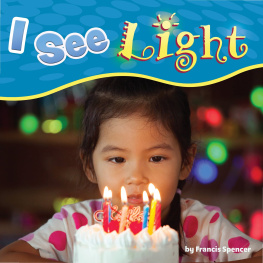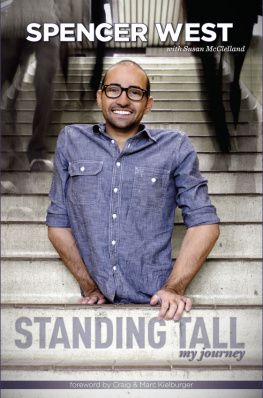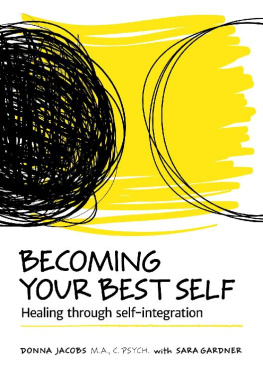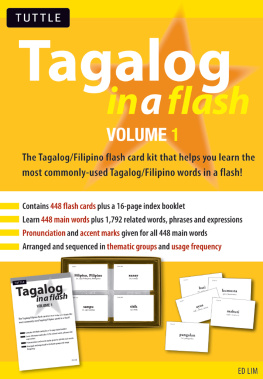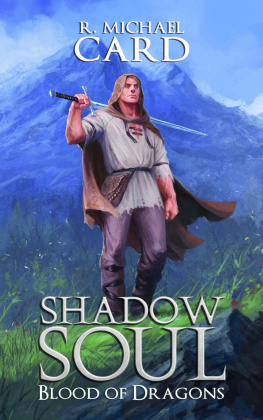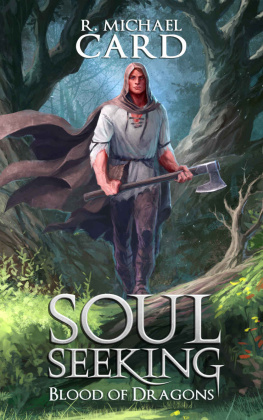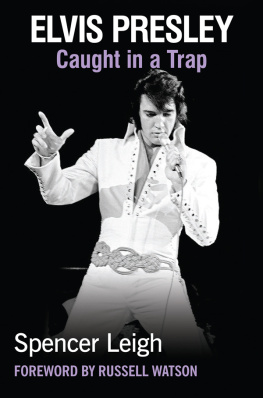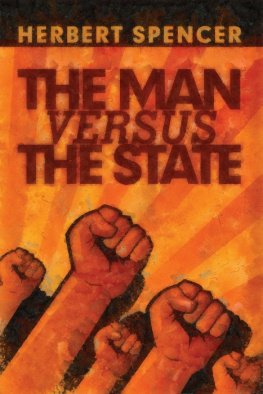Donna Spencer - Card Sorting
Here you can read online Donna Spencer - Card Sorting full text of the book (entire story) in english for free. Download pdf and epub, get meaning, cover and reviews about this ebook. year: 2009, publisher: Rosenfeld Media, genre: Home and family. Description of the work, (preface) as well as reviews are available. Best literature library LitArk.com created for fans of good reading and offers a wide selection of genres:
Romance novel
Science fiction
Adventure
Detective
Science
History
Home and family
Prose
Art
Politics
Computer
Non-fiction
Religion
Business
Children
Humor
Choose a favorite category and find really read worthwhile books. Enjoy immersion in the world of imagination, feel the emotions of the characters or learn something new for yourself, make an fascinating discovery.
- Book:Card Sorting
- Author:
- Publisher:Rosenfeld Media
- Genre:
- Year:2009
- Rating:4 / 5
- Favourites:Add to favourites
- Your mark:
- 80
- 1
- 2
- 3
- 4
- 5
Card Sorting: summary, description and annotation
We offer to read an annotation, description, summary or preface (depends on what the author of the book "Card Sorting" wrote himself). If you haven't found the necessary information about the book — write in the comments, we will try to find it.
Card Sorting — read online for free the complete book (whole text) full work
Below is the text of the book, divided by pages. System saving the place of the last page read, allows you to conveniently read the book "Card Sorting" online for free, without having to search again every time where you left off. Put a bookmark, and you can go to the page where you finished reading at any time.
Font size:
Interval:
Bookmark:
At its core, card sorting is a pretty simple techniquewrite things on index cards (or the software equivalent) and ask people to sort the cards into groups.
But as is the case with most simple things, there is plenty of room for complexity. Figuring out why you would bother to do this in the first place; deciding what to put on the cards; guiding people through the activity so you get something useful; and actually applying what youve learnedall these can get pretty tricky for real-life messy projects.
Thats why I wrote a whole book on card sortingto share what Ive learned via lots of card sorts and via working on projects where I had to organize information that people could easily find, understand, and use.
This is a practical book with a touch of theory and interesting real-life case studies. It is based on work that I, and many others, do day-to-day. I hope it helps you with your day-to-day work as well.
This book is for anyone who needs to organize information that other people have to use. It will be particularly useful for people involved in information architecture projects (which I describe much better in Chapter ).
If you have never run a card sort and are thinking of doing so, this book is definitely for you. By the end, youll be able to plan your sort, run it, and figure out what youve learned.
If youve run card sorts already, this book is for you, too. Ive included plenty of tips based on my experience, and you may really like the chapters on analysis (), especially if you have never attempted statistical analysis in the past.
And if you dont think youll ever run a card sort, but have a team that might need to do so, theres plenty of valuable information here for you. Youll be able to better support your team when they ask if they can run a sort (or do other user research). You may get the most from Chapters , and how the outcomes of card sorting are used for projects.
This book is organized into four main sections.
Chapters is not about card sorting at all, but instead is about some of the really important principles that underlie categorization and why it is hard to organize things.
Chapters cover all the practical steps to run a card sort, including choosing your method, selecting cards, arranging participants, making cards, and facilitating the session. This whole section is very practical and full of tips and tricks.
Chapters is about statistical analysis (thats the scariest chapter).
The last section is about using what you have learned. Chapter youll learn about communicating the results.
This books companion website ( rosenfeldmedia.com/books/cardsorting/ ) contains pointers to useful card-sorting resources, such as my card sort analysis spreadsheet, a list of card-sorting tools, and a card-sorting bibliography, as well as a calendar of my upcoming talks and a place for you to engage in discussion with others who are interested in card sorting. You can keep up with the site by subscribing to its RSS feed (
rosenfeldmedia.com/books/cardsorting/ ) contains pointers to useful card-sorting resources, such as my card sort analysis spreadsheet, a list of card-sorting tools, and a card-sorting bibliography, as well as a calendar of my upcoming talks and a place for you to engage in discussion with others who are interested in card sorting. You can keep up with the site by subscribing to its RSS feed ( feeds.rosenfeldmedia.com/cardsorting/ ).
feeds.rosenfeldmedia.com/cardsorting/ ).
Weve also made the books diagrams, screenshots, and other illustrations available under a Creative Commons license for you to download and include in your own presentations. Youll find the original illustrations and diagrams from this book at  www.flickr.com/photos/rosenfeldmedia .
www.flickr.com/photos/rosenfeldmedia .
I wrote our content on cards/sticky notes and our team shuffled it around to create the IA. Thats a card sort, isnt it?
Not really. Thats just shuffling content ideas around the table (which is still useful, just not really a card sort). I think the essential element to something being a card sort is that it involves real users of your information. See Chapter for more information on what a card sort involves.
I need to test that my draft information architecture is okay. Should I do a closed card sort?
A closed card sort is where you ask people to slot content into a set of categories that you give them. It is useful to learn about where they think content goes, but a closed card sort will not tell you whether they will be able to find it. If you need to make sure that people can find information in your IA, you should give them a set of tasks and ask where they would look. See for more information on how to test your information architecture.
My website is really big. How do I get the card sort to cover it all?
This can be really tricky because you cant just give people an enormous pile of cards. You can sort with topics instead of detailed content, focus on just part of the site at a time, or run a series of sorts to get good coverage. More tips for large sites are in .
How many people should I involve so the answer is statistically significant?
Statistical significance is really not importantyou want insights and ideas rather than the one true answer. You should involve enough people so that you see enough similarities and differences to help with your design project. More tips on selecting people are in Chapter .
Should I let people put cards in more than one place?
Participants often ask if they can put cards in more than one place, especially when there is not one clear home for a card. I always allow them to do so. It gives me useful information about content that may cross categories. See for more questions participants ask.
What do I do with all this data?
Ah, that is the big question. Spend some time just looking for patterns and interesting things in the data. Then dig a bit deeper and look at similarities and differences. You may not get one perfect answer, but youll always learn interesting things for your project. Read about analysis in Chapters .
I dont remember my university statistics. How do I analyze all this?
If you dont know how to do statistics, thats okay. Dont try! There are ways to analyze data without statisticsexploring it, looking for patterns, identifying similarities and differences. And youll learn more than if you plugged it into a statistics tool and got an answer. But make sure you dont collect more information than you need, or this will be impossible to do. See Chapters for information on how to analyze with and without statistics.
Theres something about cards. Cards can turn the drab and mundane into something strangely exciting. Recipe cards, for example, have a peculiar allure that cookbooks lack. A book full of tables of baseball statistics? Dull as dishwater. Put those same stats on the backs of trading cards, however, and now youve got something.
Youll see this same pattern unfold whenever card sorting is included in a user research session. Maybe the research participants have already been asked to poke at a prototype design, or theyve simply answered a bunch of questions about their attitudes and preferences. In any case, their demeanor inevitably changes when the cards come out for sorting. Whats this? they seem to be saying to themselves. This doesnt look like what I expected. This looks like it might actually be...fun!
I dont think this reaction can be attributed to their enthusiasm for the task theyre being presented with. There are a hundred ways you could ask someone to help you organize content for a website, but the 99 ways to accomplish this goal that dont involve cards arent likely to provoke the same interested response.
Font size:
Interval:
Bookmark:
Similar books «Card Sorting»
Look at similar books to Card Sorting. We have selected literature similar in name and meaning in the hope of providing readers with more options to find new, interesting, not yet read works.
Discussion, reviews of the book Card Sorting and just readers' own opinions. Leave your comments, write what you think about the work, its meaning or the main characters. Specify what exactly you liked and what you didn't like, and why you think so.



